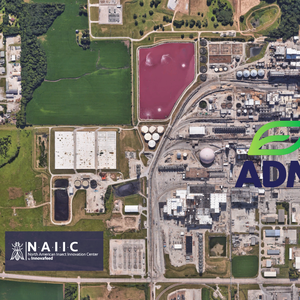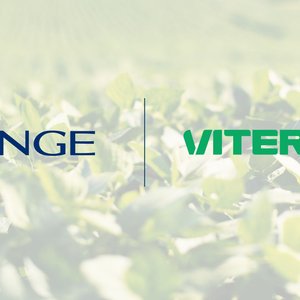New research aquaculture facility dedicated in North Carolina
North Carolina State University opened the Marine Aquaculture Research Center (MARC) near Marshallberg in rural Carteret County, North Carolina, USA, in December, 2009.
Aquaculture has grown rapidly in North Carolina over the last 20 years and is now a $55 million a year industry. But marine fish aquaculture has not grown as rapidly as fresh water.
It is the location of the center that makes all the difference, said Tom Losordo, a professor of biological and agricultural engineering and a North Carolina Cooperative Extension specialist. Losordo, an expert in recirculating aquaculture systems, has developed recirculating systems for fresh water aquaculture farms in North Carolina and around the world.
Losordo said the slow growth of marine aquaculture is largely a matter of economics. Marine aquaculture requires access to salt water, and most North Carolina coastal sites with ready access to salt water are prohibitively expensive. The six-acre Marine Aquaculture Research Center site is not waterfront, and therein lies economic feasibility.
The six-acre Marine Aquaculture Research Center is equipped with a water intake system that will take water from a creek and clean it. The water will go to the tanks in the building, where fish will be raised. Water then flows to large, round treatment tanks outside the building, where it will be treated to remove waste.
An important element of the center’s research will be the treatment of water once it leaves the facility. It is hoped to demonstrate how to treat water leaving the facility so that marine aquaculture can have zero impact on the coastal environment. The quality of the water leaving the facility will be as good as or better than that of the water coming from the creek. The water will then be discharged to the edge of the salt marsh that borders the site. The water, in effect, irrigates the marshland. An experimental wetland, which will be part of a water-treatment study, has also been built outside the building.
The center consists of a 4,200-square-foot building that houses one large and four smaller wet lab rooms equipped with fish tanks, pipes carrying freshwater and saltwater to each tank and a low-pressure air system to aerate the tanks. The building also includes a dry lab to conduct water quality analysis and a small office.
At first, researchers will experiment with hybrid striped bass and red porgy, while part of a blue crab study will also be located at the site. Eventually researchers will likely work with species such as southern and summer flounder and black sea bass.










